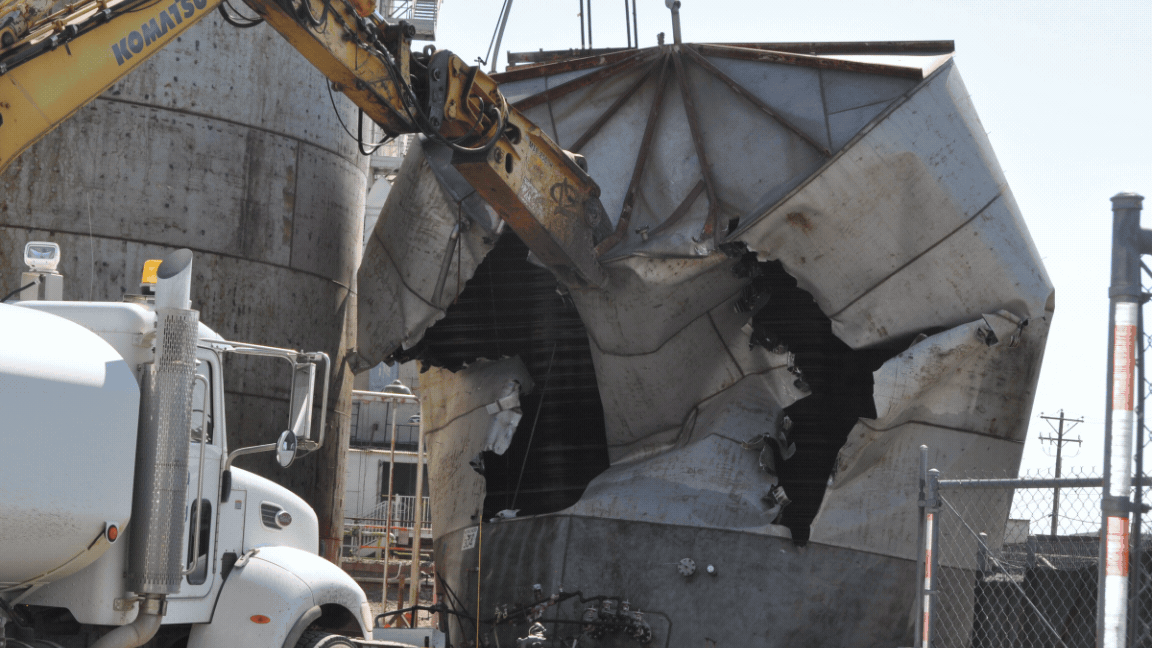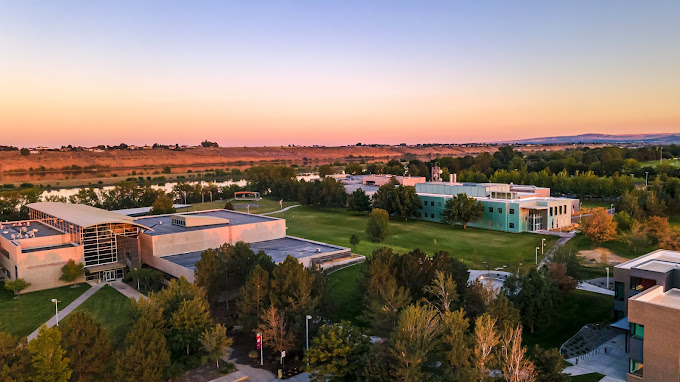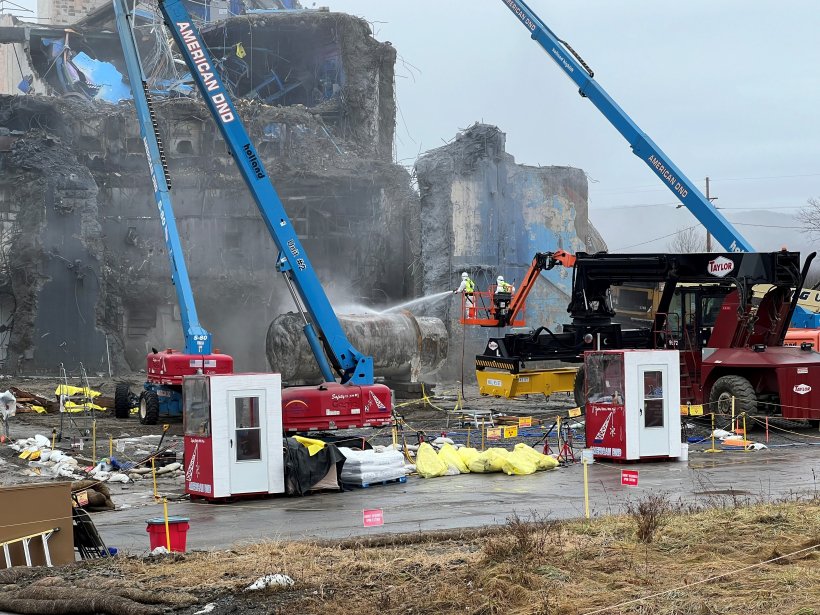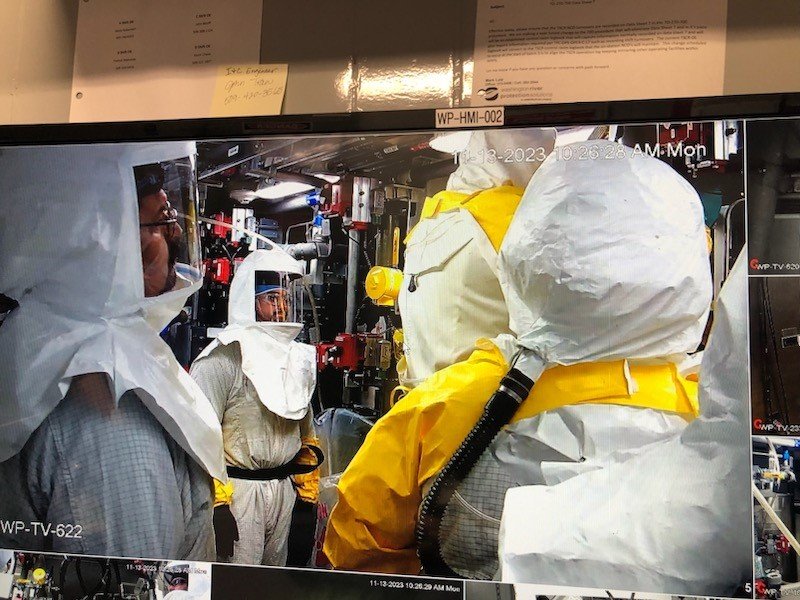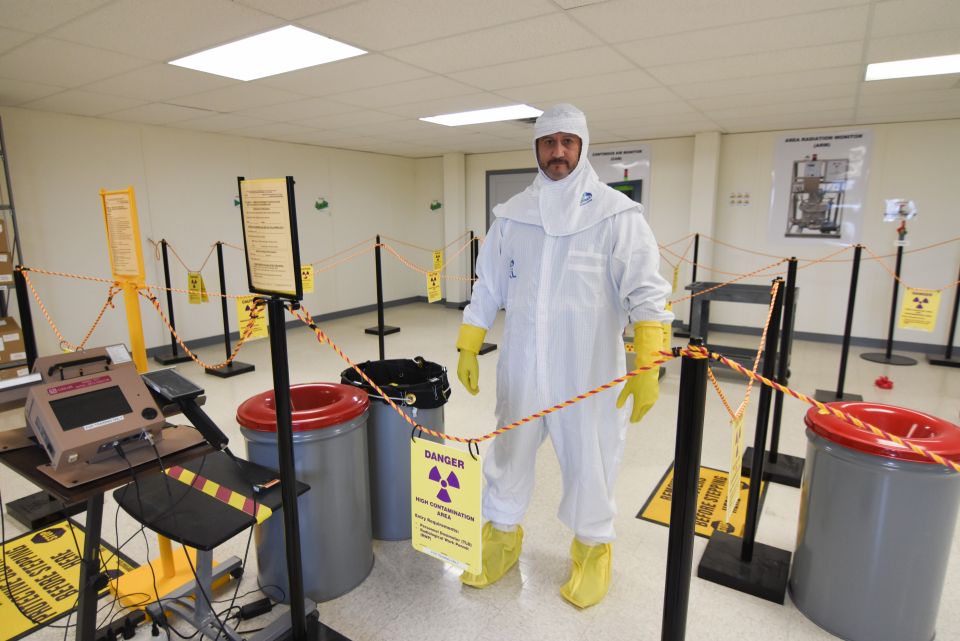Hanford uses 3D scanning to help prep for demolitions
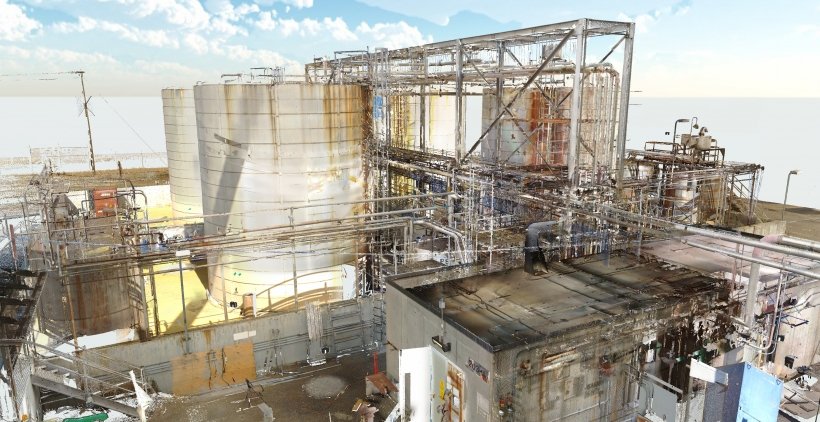
A team of designers from Central Plateau Cleanup Company (CPCCo), a contractor of the DOE-EM Richland Operations Office, is using 3D laser scanning technology to gather data to help workers prepare some of the facilities at the Hanford Site for demolition.




